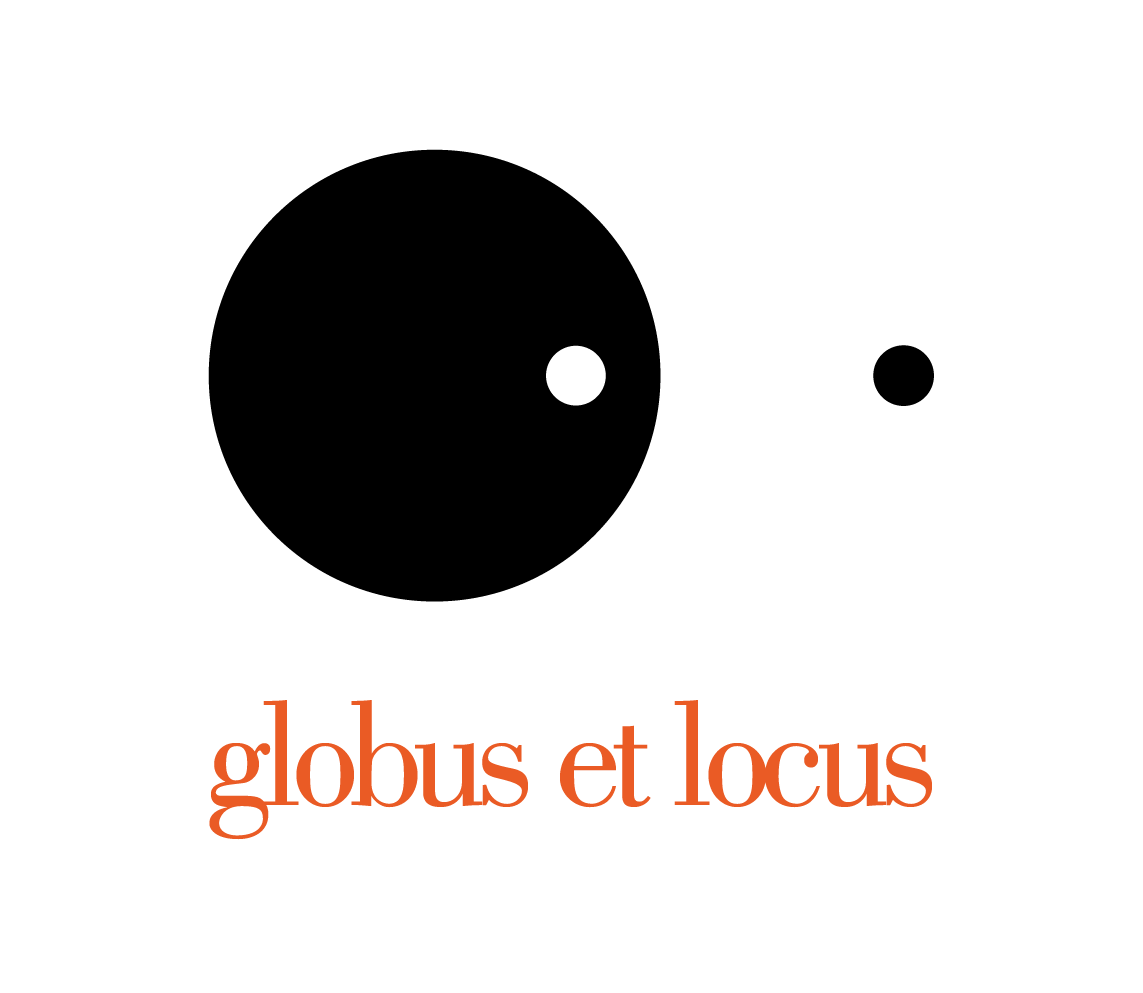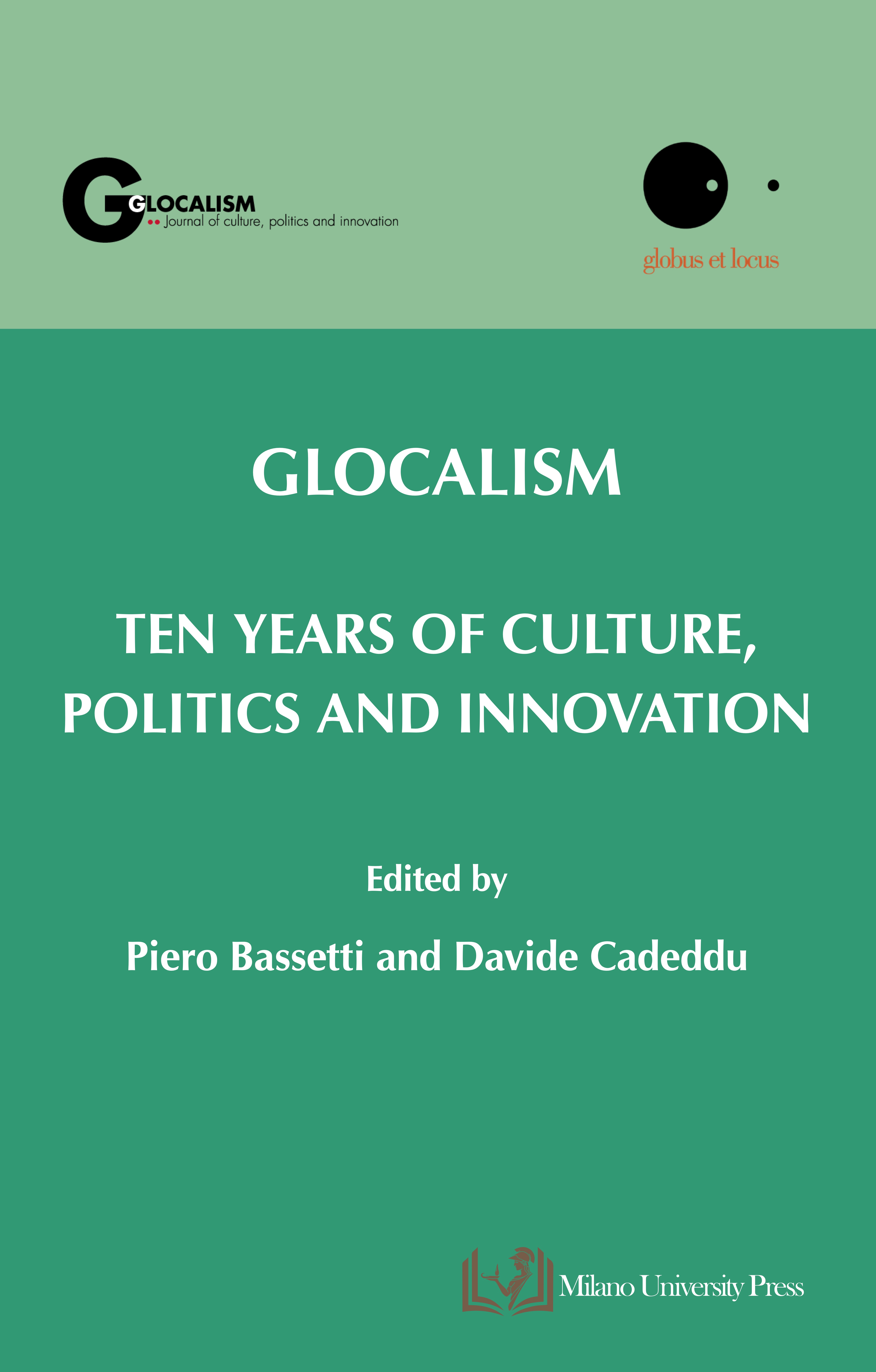Information For Authors
Interested in submitting to this journal? We recommend that you review the About the Journal page for the journal's section policies, as well as the Author Guidelines. Authors need to register with the journal prior to submitting or, if already registered, can simply log in and begin the five-step process.
DOUBLE-BLIND PEER-REVIEW RULES
- Every article (submitted through the journal's OJS platform) will be preliminarily selected by the editorial board in terms of coherence with the journal's field of interest and with the checklist guidelines. The author may receive a possible answer of dismissal within one week.
- If not dismissed, the article will be subject to anonymous review by two referees, who will be designated by the peer-review coordinators.
- Within five weeks after the submission, the author will receive an email communicating if the article has been rejected. Otherwise, they will be provided with suggestions expressed anonymously by experts, for revisions to be made before the article is finally either approved and published, or rejected.
- The revised text must be resubmitted within three weeks of the first review.
- Every year the list of referees involved in the selection process will be published online.
AUTHOR GUIDELINES
Papers can be in any language chosen by the author, while the abstract (no more than 250 words) and keywords (5) must be in English.
Authors are asked to observe the following guidelines when preparing their text:
- Number pages consecutively.
- Type all headings, both main and sectional, with an initial capital for the first word only and without full points at the end.
- Double quotation marks should be used, with single only for quotes within quotes.
- Dates as 18 august 1990; 1914-18, 1898-99, twentieth century, and decades as 1990s without an apostrophe.
- Where dictionaries give alternatives for words ending in -ise, -ize, use the -ise suffix.
Please observe carefully the following requirements for notes and references:
- Glocalism expects references for quotations and information as an indication of the sources used.
- To give references through the text, use the author’s surname, publication’s year and, after the colon, pages’ number, all between brackets (Smith 2005: 32-33). Use the year followed by a letter to distinguish different publications in the same year (Smith 2002a: 59; Smith 2002b: 12-27).
- Endnotes should be used to convey information which comments briefly on, or explains, the text. Notes should be indicated by numbers super-scribed before punctuation and should be provided at the end of the article.
- Contributors are especially asked to consider that the initials (or first name) of an author should come before the surname and that the surname should have capitalized only the first letter.
- Page ranges follow this style: 1-9, 11-19, 20-29, 21-29; 100-109, 101-119.
- Titles of archive materials, source collections and journals must be given in full at the first reference, accompanied by abbreviations to be used later, if wanted.
- Complete book and journal references in the bibliography at the end of the text as exemplified here:
- J. Haslam (1999), The vices of integrity. E.H. Carr 1892-1982 (London-New York: Verso).
- R.C. Smail (ed.) (1956), Crusading warfare (1097–1193), 2 vol. (Cambridge: Cambridge University Press), vol. II.
- J.R. Young (2006), The Scottish parliament and witch-hunting in Scotland under the covenanters, in “Parliaments, Estates and Representation”, 26, pp. 60-91.
- H.J. Cohn (2006), The electors and imperial rule at the end of the fifteenth century, in S. MacLean, B. Weiler (eds.), Representations of power in medieval Germany 800-1500 (Turnhout: Brepols), pp. 295-313.
Usage within an article should always be consistent; typescripts that diverge considerably from these guidelines may be returned to the author for correction.
If Artificial Intelligence tools have been used, the text must contain an explicit declaration of their utilisation as underlined in the Publication Ethics.










